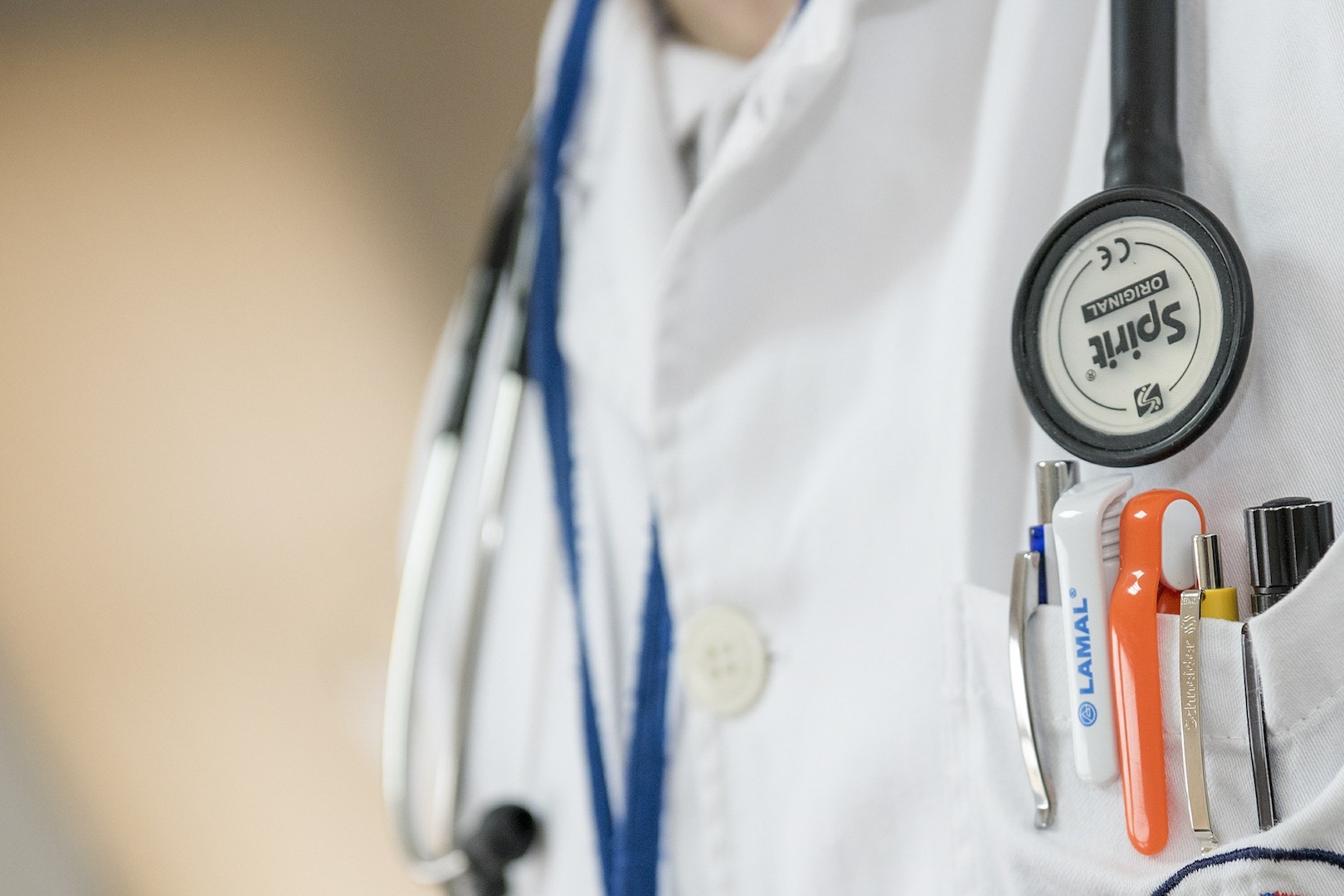PMS – Are Your Symptoms Normal?
Premenstrual Syndrome, better known as PMS, occurs after ovulation and typically ends with the onset of menstrual flow. Symptoms of PMS are characterized by a combination of emotional, physical, psychological and mood disturbances. It is estimated that 90% of women experience PMS symptoms before their period at some point, and 20-30% of women experience moderate to severe PMS symptoms that affect a woman’s functioning and quality of life.
What are Normal Symptoms of PMS?
There is a broad spectrum of symptoms associated with PMS, and they often vary in duration and severity from one cycle to the next. PMS symptoms occur seven to ten days before the start of your period and can continue for the first few days of your period. Symptoms of PMS can be divided into Mood-Related Symptoms and Physical Symptoms.
Mood Related Symptoms:
- Anger
- Irritability
- Anxiety
- Tension
- Depression
- Crying
- Oversensitivity
- Exaggerated Mood Swings
Physical Symptoms:
- Fatigue
- Bloating
- Weight Gain
- Breast Tenderness
- Acne
- Sleep Disturbances/Insomnia/Oversleeping
- Appetite Changes/Overeating/Food Cravings
Premenstrual Dysphoric Disorder
Approximately 3-8% of women suffer from Premenstrual Dysphoric Disorder (PMDD), which is the most severe, and sometimes disabling, variant of Premenstrual Syndrome. PMDD goes beyond severe PMS symptoms and includes at least one of the following behavioral symptoms: sadness or hopelessness, anxiety or tension, extreme moodiness, marked irritability or anger. There is no clear cause of PMDD, and depression and anxiety are common symptoms of both PMS and PMDD. It is theorized that hormonal changes triggering a menstrual period can make symptoms of mood disorders worse.
Treatment
There are a wide variety of treatment options for severe PMS symptoms and PMDD, including antidepressants, birth control pills, nutritional supplements, herbal remedies, and diet and lifestyle changes. It is often recommended that women suffering from severe PMS or PMDD have their progesterone levels tested, as prescription Progesterone is an alternative to antidepressants and birth control pills. If you are concerned about the severity your PMS symptoms, be sure to consult with your doctor to determine the best course of action for you.





